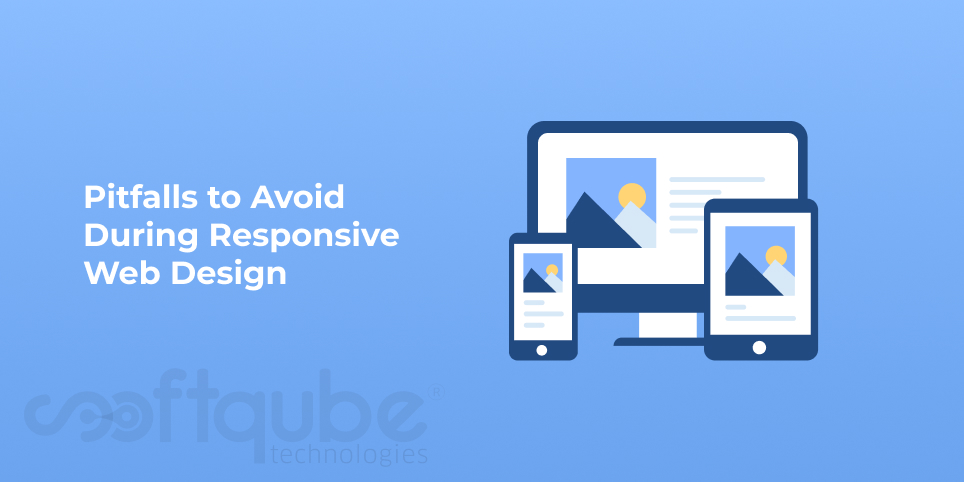Pitfalls to Avoid During Responsive Web Design
March 19, 2016

Responsive web design is the need of the hour. Among the latest web design trends; mobile friendly design is one of them. It can get a bit overwhelming to stay at the forefront of all. The end result is just a simple concept that develops online presence where one can get connected with customers and prospects from the device of their choice.
To stay relevant; it is necessary for business owners to be available and accessible on every device where customers are accessing internet. It can be a full sized desktop, tablet or a phone. Responsive design is not only critical to customers but all it is necessary as per Google’s mobile friendly algorithm.
Transferring from Static web design to Responsive web design;
several challenges are to be faced and some of the important ones are discussed here:

- Phasing in Responsive Web Design: It seems like a good idea to focus on certain parts of the website and then move to others and approach the project in different phases. Everything changes while transferring from static design to a responsive design.
Hence, it is best to stay prepared to handle any issues so that unwanted surprises are prevented. Static design is like a fish bowl where a definite border is created by glass container and if you remove the container (i.e. responsive design) then the water can be of any shape.
Along with this, the entire website structure also changes. It is advisable to make a complete plan before redesigning the website. Some of the elements that must be considered include:
- Header Design
- Footer Design
- Internal Page layout for developing a package of templates instead of unique design for every page.
- For images; it is necessary to have aspect ratios and maximum sizes in order to prevent stretching and image distortion.
- Creating Desktop Design First: Mobile thinking first comes in mind and hence it is much easier to try hands at something small instead of involving into something big. Always create a site that is appealing and user friendly even on smallest screen and then develop it for large screens.
There are innumerable device sizes available in the market and almost on devices; your website is viewed by people. Choose the size breaks that impact your customers and based on that create the designs keeping in mind those sizes.
- If necessary,take help from any designer: It is advisable to hire a web designer who is proficient in UI as well as coding. One needs to have someone who can completely understand the interaction of responsive design elements with each other and who is aware as to how a website can be made visually appealing and easy to navigate.
- Testing on the device of your choice: Testing the website needs to be inherent throughout the entire process in order to make sure that your website is perfect for everyone. Different browsers interpret codes in different manner and some have innovative coding options which are not compatible with all browsers.
It is not always possible to test on your own computer and consider that same will work on everyone else’s device. Prepare a list of team that have people using different kinds of devices as well as technologies to ensure that the website is working as it was expected to.
There are various different developer tools available for every browser and this helps to gain the experience from different devices. To test in real sense; people must use actual devices to make sure that there’s nothing missing.
At times, this seems to be overwhelming however with some advanced planning and right team; project can actually be fun. This will motivate you to dig deeper and find what customers want and how you can suffice their needs thus creating a win-win situation.
Take Away:
Next time when you go for responsive design; make sure to avoid these pitfalls. It is necessary to take the advice of an expert. You can also get in touch with well known Web Designers India at Softqube Technologies; a web designing hub since 2009.
Share on







